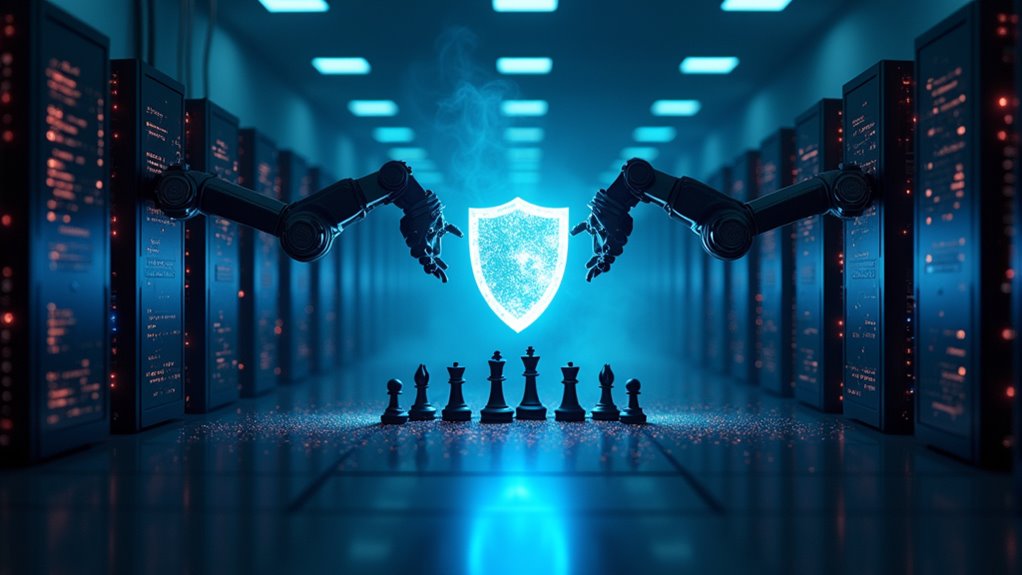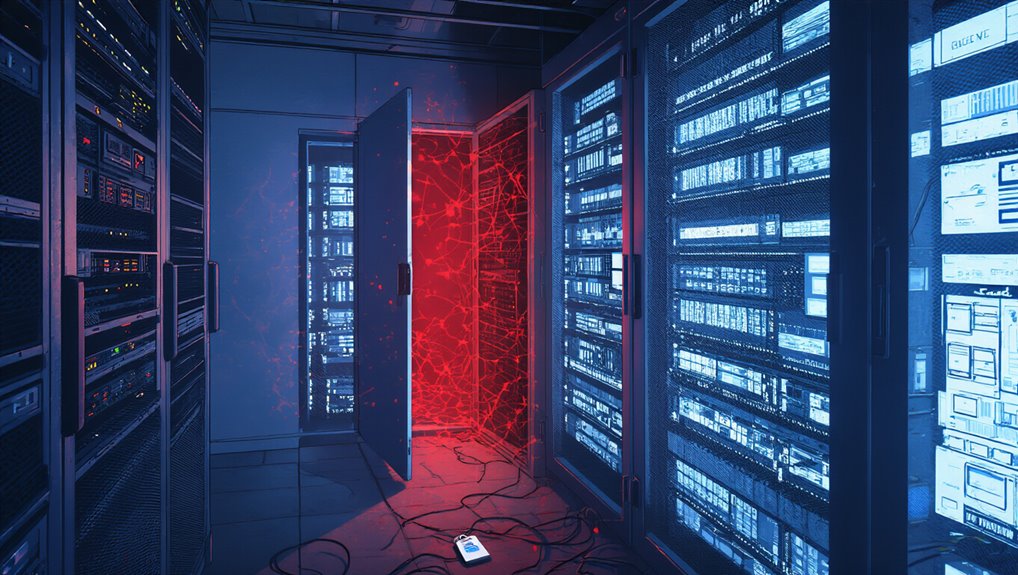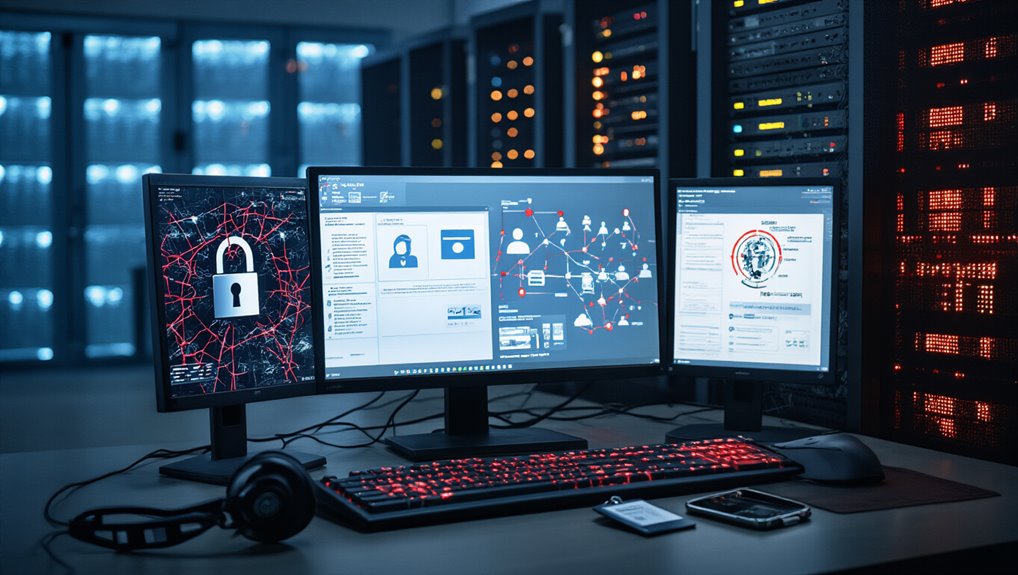As cybersecurity professionals grapple with an unprecedented rise in AI-powered threats, a complex power struggle is emerging across the digital defense landscape. The statistics paint a concerning picture: 78% of CISOs report significant impact from AI-powered threats, marking a 5% increase from last year. Furthermore, 93% of security leaders anticipate daily AI-driven attacks in 2025, creating an urgent need for advanced defense mechanisms. The alarming skills gap in AI technology knowledge reported by 37% of respondents further exacerbates these challenges.
The battle for digital defense is increasingly defined by who controls AI technology. Large cybersecurity vendors compete intensely to dominate the AI defense market, with many organizations preferring established firms over startups for GenAI feature adoption. This preference stems from reliability concerns during critical security incidents. Organizations face internal power struggles too, as AI cybersecurity talent becomes scarce and highly valued.
Three key factors drive these power dynamics:
- Technical capability to detect and respond to threats
- Access to extensive threat intelligence data
- Ability to integrate AI into existing security frameworks
While AI enhances defensive capabilities through continuous monitoring and anomaly detection, it simultaneously empowers attackers. Criminal networks now leverage AI to reduce costs dramatically—automated phishing campaigns cost 95% less while maintaining effectiveness. AI also lowers technical barriers, allowing less skilled attackers to conduct sophisticated operations. The integration of AI has created a more efficient security ecosystem with faster threat detection capabilities showing up to 60% improvement over traditional methods.
Organizational readiness remains mixed. Though 60% of organizations claim adequate preparation for AI threats (a 15% year-over-year improvement), only 30% of mature organizations have implemented GenAI-specific security measures. The skills gap continues to undermine defensive postures, with insufficient AI knowledge creating vulnerability despite technological investments. Compounding these challenges, many organizations struggle with data governance frameworks needed to ensure consistent handling of sensitive security information.
The geopolitical dimension adds another layer of complexity. Nation-states increasingly view AI cybersecurity capabilities as strategic assets, accelerating global cyber arms races. This international competition influences vendor relationships, data sharing practices, and defensive priorities.
As this power struggle intensifies, the winners will likely be those who combine technological innovation with human expertise—recognizing that while AI transforms the battlefield, the strategic direction of cybersecurity still requires human judgment.









